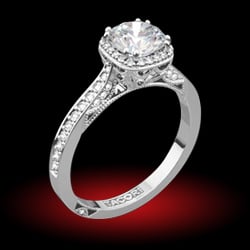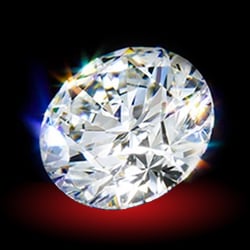- Joined
- Jul 27, 2009
- Messages
- 4,097
There is currently some interesting discussion on the forum about fluorescence including a poll on price penalties/premiums, and another cool thread on phosphorescence. Having spent my early childhood in California I first became aware of phosphorescence by going out on a ‘grunion run’. Seeing your footprints glow on a dark beach is a really formative experience for a five year old!
With regard to diamonds, fluorescence is a cool property on one hand, and a valuable identifying characteristic, but also an important valuation characteristic. Although there have been cycles of interest in highly fluorescent diamonds through the years and temporary exceptions to the rule, the diamond market in general does not favor fluorescent diamonds from a valuation standpoint.
Clearly the big concern about strong fluorescence is based upon possible negative visual impacts. Conventional wisdom holds that “over blues” with obvious oily/hazy appearance are rare. But is the deleterious effect that causes an over blue a yes/no proposition or is it more likely a continuum like other diamond attributes? That is, a strongly fluorescent diamond might have no haziness, slight, moderate, or pronounced haziness (over blue).
What are your thoughts?
With regard to diamonds, fluorescence is a cool property on one hand, and a valuable identifying characteristic, but also an important valuation characteristic. Although there have been cycles of interest in highly fluorescent diamonds through the years and temporary exceptions to the rule, the diamond market in general does not favor fluorescent diamonds from a valuation standpoint.
Clearly the big concern about strong fluorescence is based upon possible negative visual impacts. Conventional wisdom holds that “over blues” with obvious oily/hazy appearance are rare. But is the deleterious effect that causes an over blue a yes/no proposition or is it more likely a continuum like other diamond attributes? That is, a strongly fluorescent diamond might have no haziness, slight, moderate, or pronounced haziness (over blue).
What are your thoughts?







300x240.png)